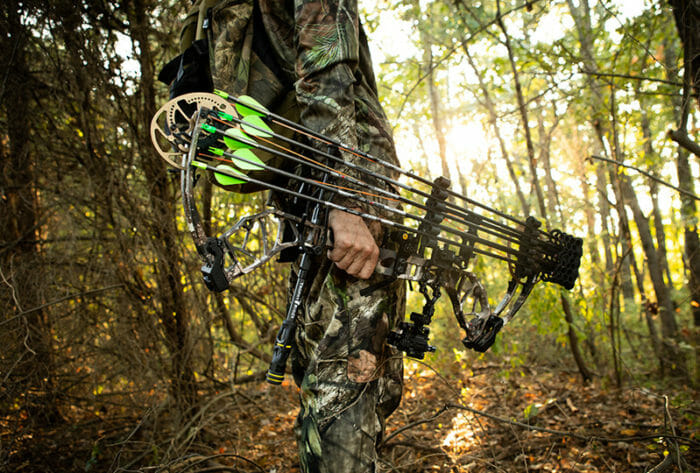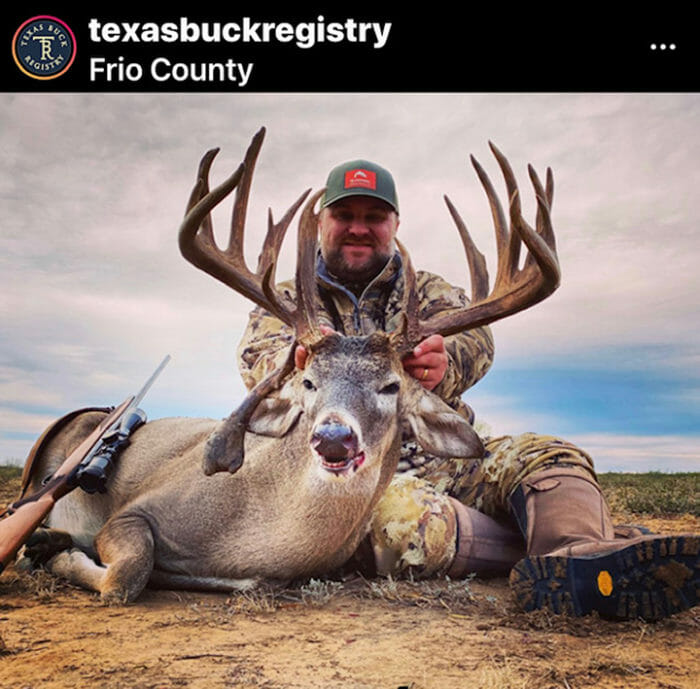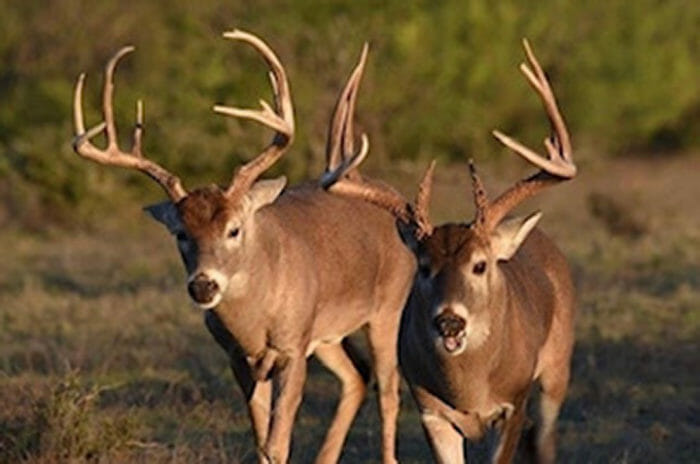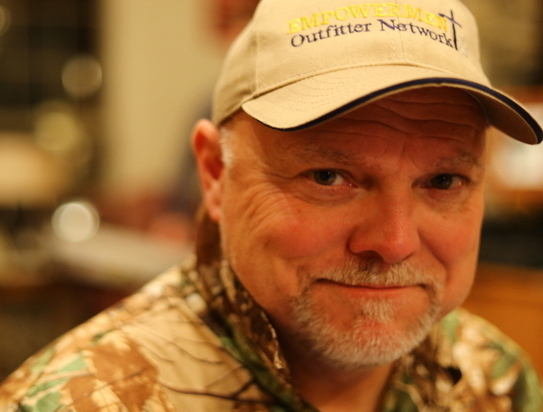Between the Ears: 7 Mental Mistakes to Avoid when Bowhunting
There is much more at play in a hunt that goes well besides extensive scouting, spraying down with scent eliminator, and making sure your shooting lane is adequate. The biggest factor is your mental component. Mental mistakes can lead to physical mistakes. The fact is, hunting miscues are directly derived from that space between our ears. The mental element is perpetually at play as we hunt and prepare to hunt. Here are a few of them.
Carrying Baggage to the Stand
You can’t have a successful hunt if you’re worrying about work, your significant other, or family obligations. Carrying baggage to the tree stand or blind means you’re too preoccupied to be focused on the shot. On top of that, you can’t enjoy the hunt in the first place. Guilt and stress can lead to unnecessary movements, lack of attention to your surroundings, and ultimately a poor shot. If you can’t get past the problems you’re leaving at home, pick another time to hunt – when you can be present and on top of your game. Put differently, if you have unresolved business, strive to keep it out of the stand. Hunting is a gift. Don’t waste your precious few hours in the deer woods due to angst. You might end up with undesirable issues to deal with at home, along with a missed shot.
Comparing to Others
There it is, another text from a friend featuring a photo of the buck they just killed. Worse still, there are hundreds of other similar grip-and-grins on Facebook, Instagram, and YouTube. You’re sincerely happy for your friend, but do you feel like everyone else is getting it done but you? This may be the biggest mental blunder of all because you’ve let other hunters (ones you don’t even know) get in your head. Not only can this mental mistake tarnish your outlook and attitude, but it can also lead to impatience, corner-cutting, and missed shots.
Remember that the other hunters you’re seeing put forth a lot of hard work, too, and may have access to better hunting grounds.
It’s not all about the harvest. Maintain perspective and take time to remember the reasons you hunt. All of them.
Patience
I think back to past seasons that didn’t quite work out the way I intended; properties that I once had high hopes for failed to yield sightings of the kind of buck I sought. Persistent hunting didn’t pay off. The later in the season it got, the itchier my trigger finger got. Then, a buck shows up, and I immediately decided to shoot. He’s nothing special, but I’ve got to get it done. Usually, one of two things happen: one, I rush my shot at the deer I’m “settling for” and miss, or two, my arrow hits its mark, but I am not pleased with the buck. In either case, I experienced self-sabotage at the hands of impatience. Before this happens to you, take a deep breath, soak in your surroundings, and remember that putting pressure on yourself doesn’t help your chances at all.
Doubting Your Skills
Self-doubt is a pitfall common to both new and seasoned hunters. Seeing others’ success on social media is one thing, but what about the “stinking thinking” that occurs when you continually fail to see deer (or at least the kind you would like to see). It also happens when you spook a buck at the moment of truth or experience the dreaded clean miss. If you take it too far, imposter syndrome can start to set in. Putting in a lot of time in the stand doesn’t automatically equate to harvesting the kind of deer you want (or any at all). Instead of questioning your skills, do a quick audit of your hunting practices. For example, despite knowing better, you may have hunted the same spot for days on end and have been patterned.
Put self-doubt to rest by remembering past successes. The fact is, most of us are average hunters – and that includes many hunters you see on YouTube or listen to on podcasts. If hunting were easy, it would be no fun at all.
Unrealistic Expectations
Whitetail hunters are dreamers. They constantly envision a big mature buck entering their field of view. The fact that it practically never happens is frustrating. This mental misstep can lead to squirrely and defeatist attitudes – both of which ruin the hunt. It can also lead to mistakes.
Hunting media seems to imply that trophy-class whitetails are common. You know the guy on your television who blows a couple of times on a grunt tube and subsequently whispers “there he is,” and a big-antlered buck comes in on a string. Remember that these properties have pulled out all the stops in terms of deer and habitat management. Have you? It’s a fair question.
If you have, the next basic question is “do the kind of deer you’re looking for even exist in your hunting area?” The fact is, record book type deer are rare in most areas – even borderline impossible in some. If you can’t quite come to accept it, do some homework. Check Boone and Crockett and Pope and Young records for deer taken from your location. The hard truth is sometimes the answer. Even with this reality, there’s still the possibility that you could improve your prospects with some habitat and deer management.
Leave your hunting television mindset at the door and hunt for whatever represents an exceptional and attainable specimen of the area. A sour attitude won’t help your chances regardless of the type of buck that ventures past your tree stand.
Staying Level-Headed
You’re just standing there. All deer are now out of sight, and you snap back into consciousness. You wonder what just happened. Then you remember that a few seconds ago, your arrow sailed too high or too low. I can recall such blunders that left me wondering, “did I even place the right pin on him? Everything happened so fast!” Of course, it did; I lost my edge and sped up the moment tenfold.
Staying level-headed is easier said than done, and the scenario above is that out-of-body experience you have right before and during an encounter with a buck – a buck you missed.
In that magical moment when a buck appears, it’s easy to let the excitement throw you into a frenzied rush. This is when mistakes happen. While there are times when being swift with a shot is necessary, often there is plenty of time to get yourself together.
Slow down. Take a deep breath and take in the moment.
Resting on Your Laurels
You’ve checked your cameras and there are a couple of shooters frequenting your stand area. Like clockwork, they keep coming in. You know the optimal time to sit. It’s easy to take on the mentality that arrowing one will be a slam dunk. After all, you will play the wind and be real still. You can picture him approaching in your head. On top of everything else, you’re on a hot streak. You’ve drilled the last 4 whitetails with little problem. We should all be as lucky.
Unfortunately, success often brings a sort of confidence run amok. There is a saying: “success breeds success.” It does until it doesn’t. Forgetting how many things have to go right to arrow a buck is the kiss of death. Continue to shoot your bow and maintain your equipment – and most of all, keep the attention to detail in the stand that has made you successful in the past.
In Closing
We have chosen to chase deer with a bow. For that, there are automatically a ton of extra variables to contend with as a hunter. Conquering your mental mistakes will greatly minimize the physical ones. If you do, you’ll realize and make more shots when it counts. Time in the stand is like a classroom and represents a great opportunity. Steer clear of those mental lapses that lead to personal hunting bloopers.
Based in Texas, Jerald Kopp is President of 1st Light Hunting Journal. His articles cover a variety of topics about hunting and the outdoor lifestyle. Jerald is an avid outdoorsman with deer hunting and whitetails being by far his greatest passion. He was introduced to hunting and fishing at an early age and has been enjoying it for 40+ years. In 2005, he established the Empowerment Outfitter Network (EON) – a faith-based non-profit organization that provides hunting opportunities for disabled and terminally-ill children and youth. When not hunting, he spends his time traveling and enjoying life with Amy, his wife of over 30 years. Jerald and Amy have two adult daughters and a son-in-law.




